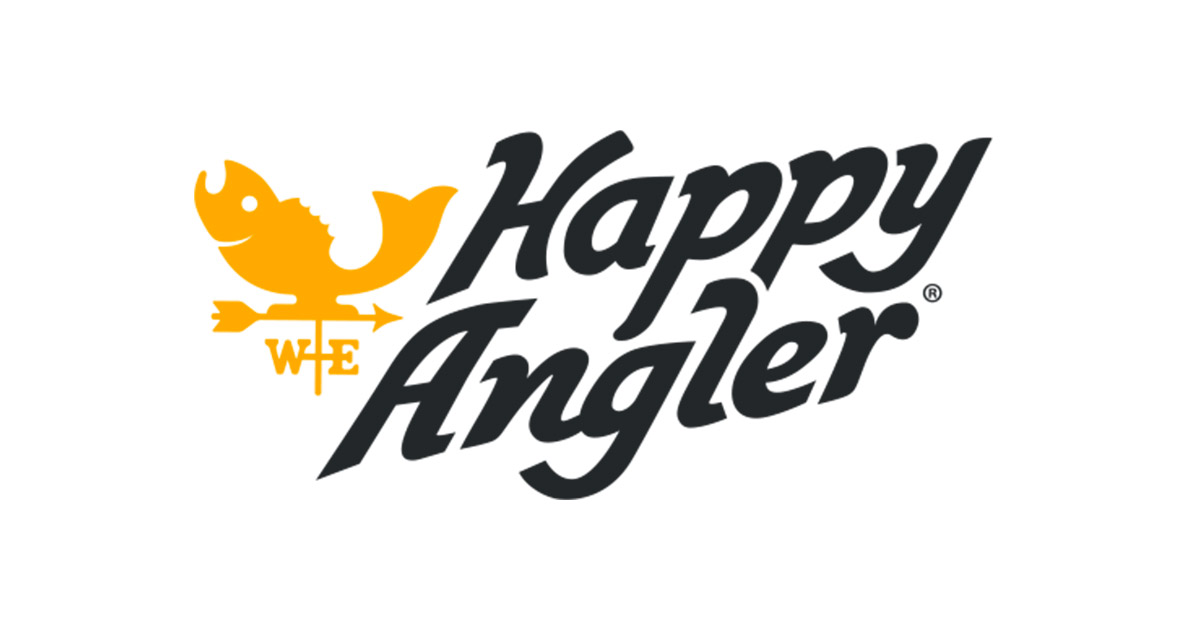
Choosing your hook based on the species of fish
As a child, do you remember being told to look out for the hook to avoid getting it caught on bushes or your skin? This is probably a familiar memory to most, but today we need the latest information on which type of hook is suitable for which fish. Hooks are available in vast multitudes of different shapes, sizes, and weights. This means that there is a difference between hooks that are best suited for catching small perch and those intended for large pike, for example.
Hook sizes
A size chart has been prepared for hooks, which in simple terms is a numbering system where hooks with smaller numbers are large, whereas hooks with larger numbers are small. This is similar to photography, where larger numbers refer to smaller aperture openings. So, the larger your desired catch is, the smaller the number of the hook you will need. For example: A size 6 hook is suitable for herring rigs, whereas a size 1 hook is good for larger perch. For competitive fishing and in colder waters, it is advisable to use a smaller size 20 hook. Hooks generally used for angling vary between 1–20 in size, and the size recommended by each angler is largely a question of taste or the conditions. You should still listen to the tips from more experienced anglers, and fine tune your hook size preferences based on your own experiences.
Thick or thin wire?
Wire thickness refers to the thickness of the fishing hook. Thick-wired hooks are typically used with live worm bait. The reason for this is that the worm may split if the hook is too thin. A thin-wired hook is perfect for bait grubs. You don’t always need to use a bait however, and in this case the thickness of the fishing hook wire is determined by the size of the catch and the fishing conditions, for example whether ice fishing, using a rig, or in the middle of a fishing competition. The nervousness and racket caused by a competitive situation tends to cause the fish to act more timid, which means that you are better off with thicker rather than thinner hooks.
Single or multi-pointed hook?
Multi-pointed hooks, typically treble hooks, are popular in lure fishing. A pike has a large mouth and thus the hook needs to be multi-pointed and large enough in size, i.e. small-numbered, to withstand the strong fish as its struggles to get free. Single hooks are perfect for traditional hook and line setups, spoons, and jig fishing, where your target is sea trout, perch, or zander, for example. You can of course also find the popular single-pointed plug hooks in Happy Angler's extensive range. Thick-wired hooks are more resilient to the antics of larger fish and also allow you to release the more easily if you so wish.
Chemical sharpening?
Hooks can be sharpened chemically or mechanically. Which of the two options is better divides opinions. Differences, insofar as they exist, relate to how the hook pierces the flesh of the fish and how much damage they do in the process.
Remember to look after your hooks
In any event, the most important thing to do with hooks is to ensure that they are properly maintained: replace any rusted hooks, keep the point clean to ensure proper piercing, and store your hooks safely in a suitable tackle box or container that allows you to access your hooks easily when fishing. Also remember to check whether you need a fishing license to avoid unexpected expenses.
Hook ‘em and cook ‘em!






